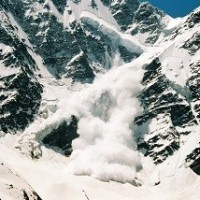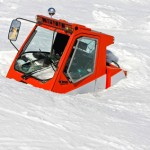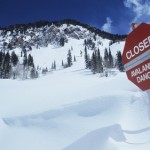Avalanche

Avalanche Snow
During the course of the summer season, you often find yourself travelling to different tourist destinations because of the heat. One tourist destination that you can travel to is the Alps. It is a sure hit that you will go here because of its cold weather, magnificent view of the mountain ranges, the heavenly snow and the winter activities you can do. Snow, in this location is often thick, deep and sometimes dangerous depending on the accumulation of ice that cannot support its own weight thus causing an Avalanche.
An avalanche is a natural occurring disaster that can be compared to a landslide. It gains speed over 80 miles/hour within 5 seconds and power as it goes down the mountain side. Even if you shout or yodel, an avalanche will not occur. It takes 140 decibels for an avalanche to go on a rampage, and your voice when shouting can only reach 90-110 decibels. According to NSIDC, terrain, slope steepness, weather, temperature, and snowpack conditions can be one of the many reasons why an avalanche can occur. Avalanche is divided into three areas: the starting zone, theavalanche track, and the run-out zone. It is advised to stay out of these three areas. You can be trapped and it can cause you your life. The starting zone is the most unstable area, it is where fractures in the ice can happen and an avalanche can occur. It is suited at the uppermost part of the mountain side. Cracks and whooping sounds are a warning sign that an avalanche will take place. The avalanche track is the path where snow flows, trees in this area are often wiped out. The run-out track is where the snow stops. It is located at the bottom of the mountain.
There are two classifications of avalanches. Loose snow avalanche and slab avalanches. Loose snow avalanches are mild, there are few property damage and little occurrence of death, while slab avalanche are the fiercest and the lethal kind. Plates of snow slide down as one unit and give much damage.
Your body is much denser than an avalanche itself, so you will therefore sink down quickly. If you are caught in one, make a space for you to breathe and punch your way out. Snow easily hardens so you must be quick or you’ll be trapped forever. Individuals who are often trapped or buried in snow because of an avalanche have one out of three chances to be alive. Snow is compact and heavy. If you are trapped under snow it can cause asphyxiation or suffocation in layman’s term and hypothermia, a sudden drop in the core body temperature of an individual.
If you are taking your vacation in the Alps or any Mountain ranges covered in snow, ask around to know where are the usual spots of avalanches occur so that you can avoid those area and be safe especially if Skiing is in your list of activities. Never underestimate the power of an avalanche.


